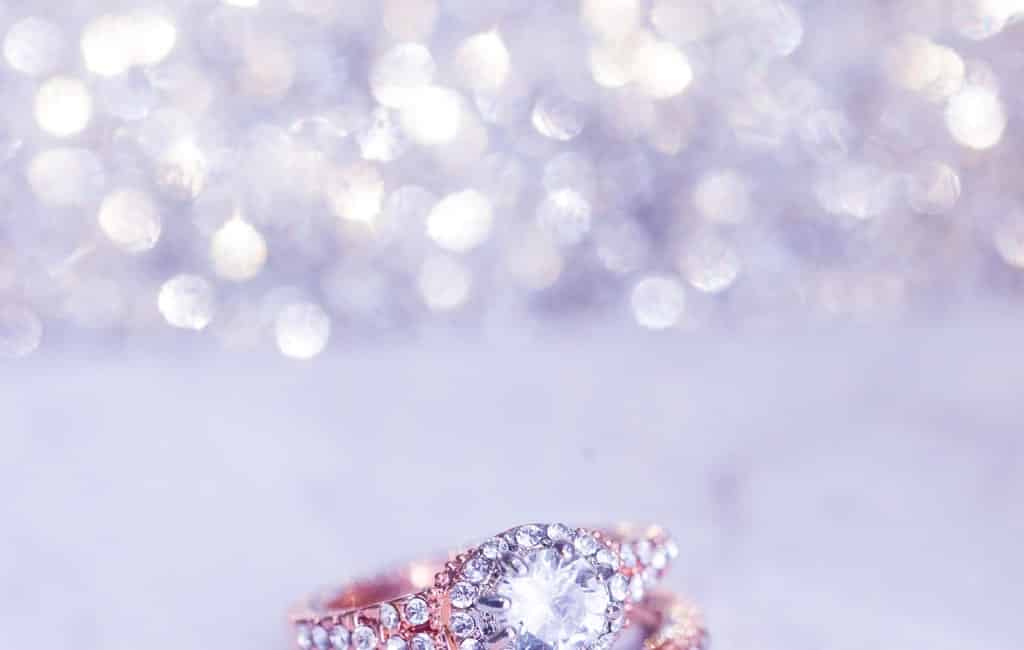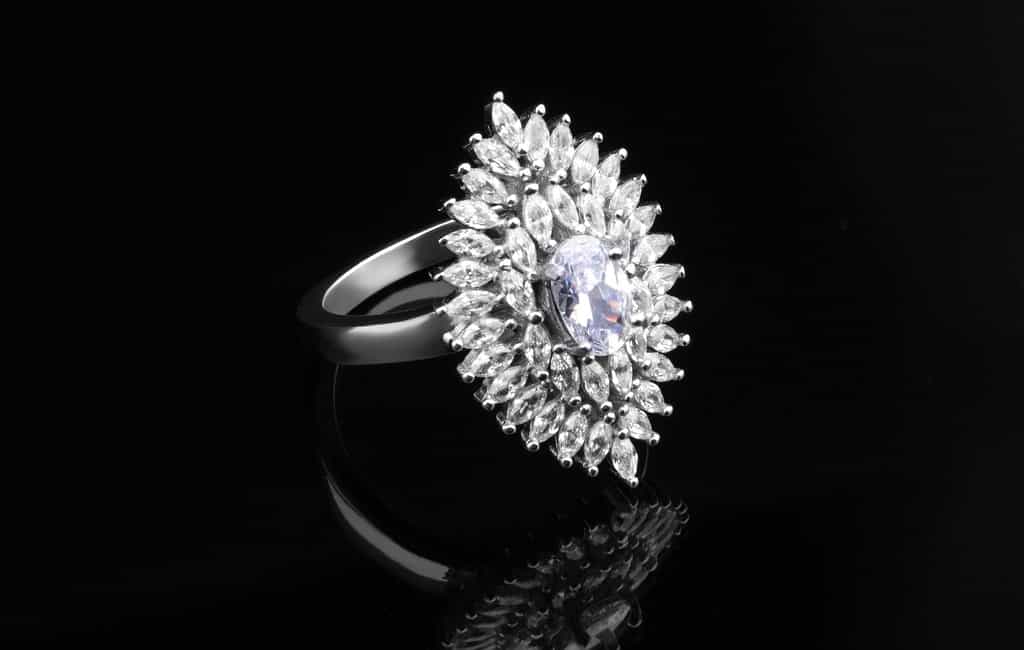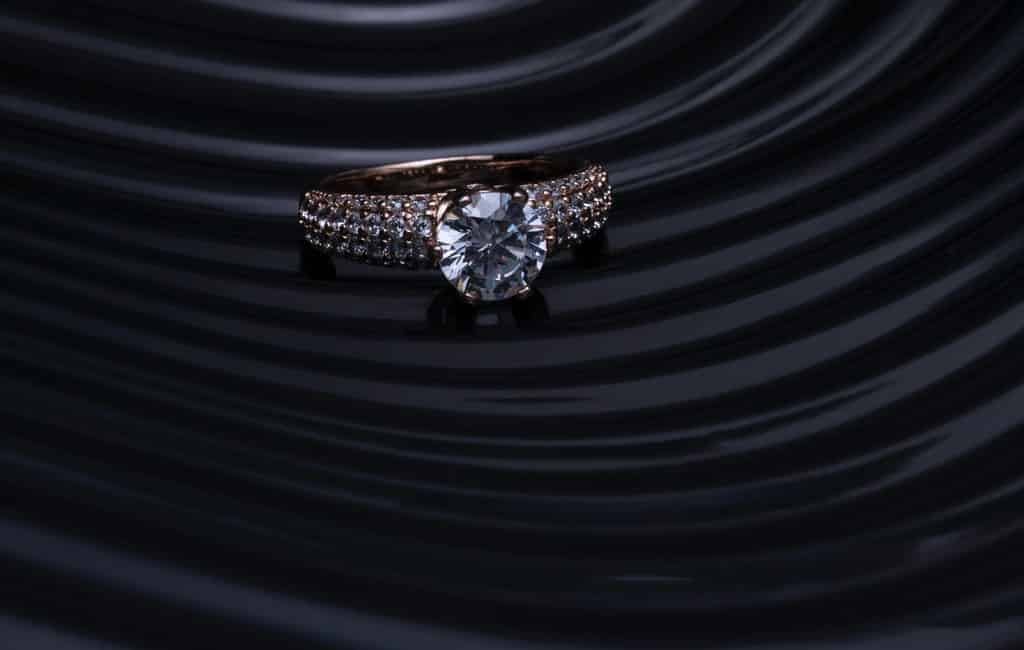Diamonds are some of the most famous gemstones in the world. They are also popularly known as the strongest substance in the world, which they actually are. Diamonds are hard crystals which are formed beneath the earth’s surface due to the action of physical forces in the world. They are formed when carbon is subjected to high pressure over several decades and centuries. Diamonds can only be found in certain places around the world. Specifically, there are 35 countries where diamonds can be found on Earth. However, the quality of diamonds found in each location varies from place to place.

WHERE CAN DIAMONDS BE FOUND AROUND THE WORLD?
Diamonds are found naturally in alluvial deposits or Kimberlite rocks, which occur in nature within old volcanic pipes. Many of these rocks contain diamond crystals which are carried by streams, rivers and waterfalls, deposited in the water. Hence, they are called alluvial deposits. South Africa, Russia and Botswana are the three main producers of diamond around the world. Countries like Australia, India, Brazil, Canada, Siberia and the United States also contain substantial amounts of diamond deposits.
Asides from South Africa and Botswana, other countries in the continent of Africa wherein diamonds can be found include the Democratic Republic of Congo, Angola, Namibia, Tanzania and Sierra Leone. Due to the fact that a lot of revenue re covered from the sale of diamonds in many of these countries are used to fund civil wars, many of these diamonds are known as conflict diamonds (diamonds from Angola and Sierra Leone are some of those that usually fall under this classification). The Kimberly Process is a method that is used to curtail the trade of conflict diamonds; it involves the inscriptions of certificates on diamonds sold in markets around the world. However, many of these certificates can be forged, and so, this process isn’t a hundred percent effective in preventing the sale of such conflict diamonds.
This issue of conflict diamonds hampers the sale of a lot of diamonds recovered around the world, as the gemstones that fall under this category cannot be sold freely within global markets. This is why diamonds such as Canadian diamonds are usually preferred to most, as they have less issues or corruption claims; and one can be sure that the money they used to purchase the diamonds are not being used to fuel conflicts elsewhere in the world.

WHAT ARE THE CHARACTERISTICS OF DIAMONDS?
There are many characteristics of diamonds which set them apart from other substances in the world. Some of these characteristics include the following:
- Clarity
The clarity of a diamond goes a long way in determining how expensive it would be, because it is one of the determinants of its quality. A diamond with high clarity has a greater quality compared to one of lower clarity and so; the one with high clarity would be more in demand and would also cost more in global gemstone markets.
The clarity of a gemstone refers to its ability to be without any form of impurity or inclusion. Since diamonds are usually formed beneath the earth’s crust, under a lot of pressure and heat, they are usually formed with marks known as blemishes (or inclusions). These blemishes or inclusions are usually in the form of impurities which may be physical in nature or in chemical form. These impurities constitute imperfections in the diamonds and thereby reduce their worth in the global gemstone markets. Most gemstone traders and jewelers – and even pawnshop owners – often check diamonds closely for such blemishes in order to ascertain the gemstone’s degree of clarity and subsequently; its price.
- Carat
One particular term that many people around the world may have heard in relation to diamonds is the “carat”. In terms of diamonds, the term “carat” simply means its weight. However, the measurement of a diamond’s weight isn’t usually done in grams or kilograms, instead carat (which refers to one-fifth of a gram) is the scale of measurement that is normally used. One carat is often divided into 100 points (which are equal). A diamond of 1 carat is usually of higher quality than one of 0.99 carats because each carat point goes a long way in determining the diamond’s quality and subsequent price. Also, while a carat is technically used to indicate the weight of a diamond – which matters a lot in terms of determination of a diamond’s quality – the size of a diamond also adds weight (pun intended) to the quality of the diamond. For example, two diamonds can be 1 carat each. However, the one with a bigger diameter size will be worth a lot more than the other (with a smaller diameter size) in the global gemstone market.
- Cut
The cut of a diamond goes a long way in determining its quality. Quite simply, the cut of a diamond refers to the shape of a diamond, and how the gemstone has been carved (and subsequently polished) at the hands of a skilled jeweler (most preferably). The goal of cutting a diamond is to put it a shape that is optimum for light reflection. A perfectly cut diamond will reflect light optimally, and this added luminosity will add to its price in the global gemstone markets. Marcel Tolkowski, a young Belgian mathematician defined a diamond’s ideal cut as when the diamond cutter (or jeweler) goes for a perfect size to weight ratio (which is 6.5 mm diameter for one carat weight). Other size-to-weight ratios are available for use during quality determination and they can be found on the internet.
- Color
The color of a diamond helps a lot during the determination of its quality. Colorless diamonds are of much higher quality compared to those that contain color. This is because the formation of color in diamonds is usually as a result of impurities such as other chemical elements like fluorine. Other types of color (e.g. white or colorless diamonds) are usually the highest grade of diamonds and are often referred to as pure diamonds.

